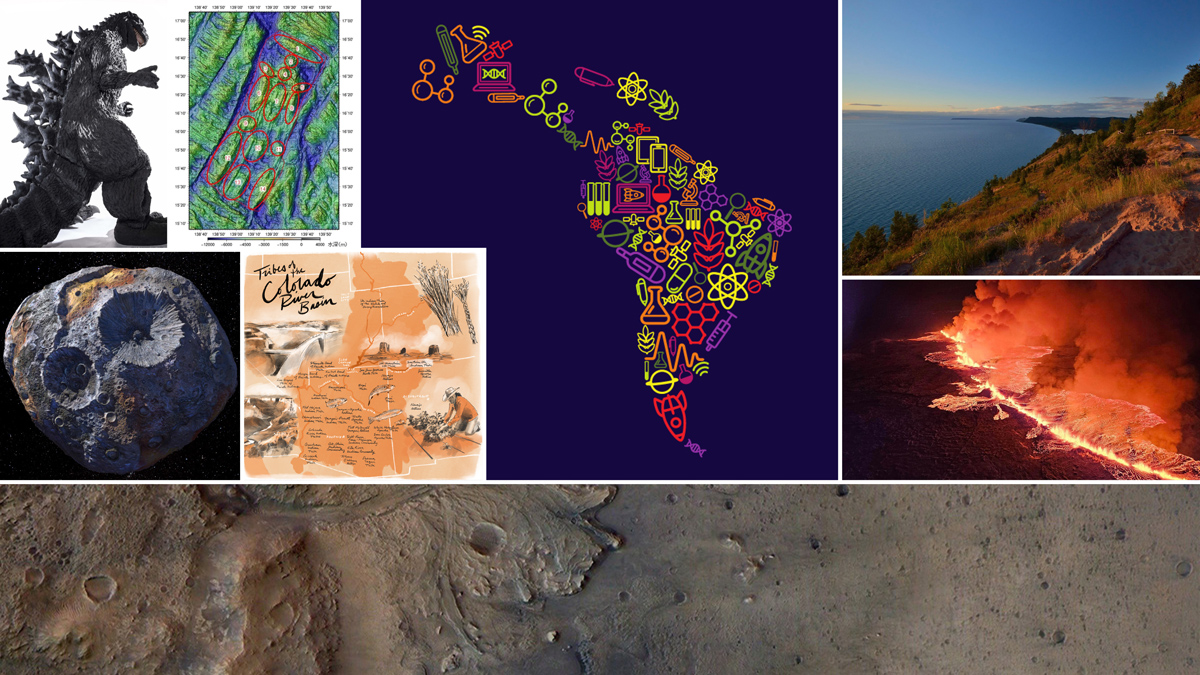The Bodily Indignities of the Space Life. If you’ve never thought about how astronauts go to the bathroom, I’m not sure I believe you. This article takes a great deep dive into all the complexities that come along with having a body in space. Did you know being in space for extended periods can cause congested sinuses and that, as a result, the International Space Station kitchen is usually stocked with hot sauce and wasabi? Or that “frequency and volume (metric and decibel) of flatulence increases” in space? I learned quite a bit from this entertaining piece.
—Emily Dieckman, Associate Editor
Finding Climate History in the Rafters of New York City Buildings. I love “science in the everyday” stories, so this reporting on a Lamont-Doherty scientist rescuing old-growth wood being removed from NYC buildings during renovations to study past climates really hit the spot. It was also featured in one of Eos’s first TikToks—follow us!
—Heather Goss, Publisher and Senior Director of Strategic Communications and Marketing
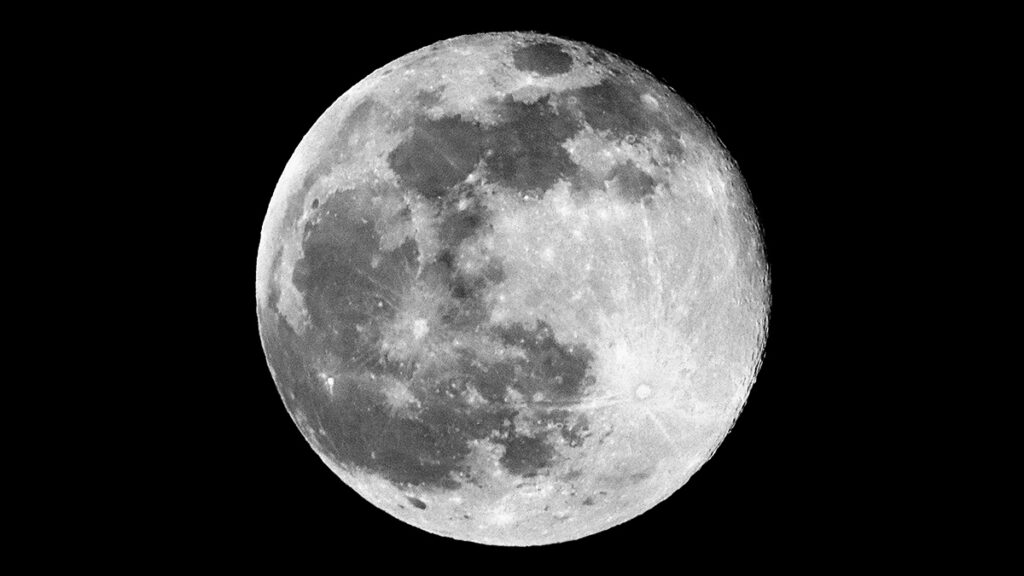
La Luna es incluso más antigua de lo que los científicos pensaban. Loved this Spanish article on the Moon, and this one on more open science.
—Alana Roche, Communications Manager
💩 Poop! 2023 was a record year for Eos pieces about poop, with seven excellent articles about the excrement of creatures ranging from humans and other mammals to birds and even to microbes, whose sticky secretions could help explain the creation of landforms on Mars. I’ll be the first to admit that it’s sophomoric humor, but every time we publish an article with the tag “poop,” I can’t stifle a giggle.
—Faith A. Ishii, Assistant Director, Operations
Taylor Swift and Travis Kelce as figures in the new U.S. National Climate Assessment report, a thread. This meme format comes back every so often, and I can never resist. This go around: #Traylor as figures in the new U.S. National Climate Assessment (and while you’re loving the fun images, read more about the report itself in this great article by Eos staff writer Grace van Deelen).
—Kimberly M. S. Cartier, Senior Science Reporter
Academia’s Hidden Price Tag. Katherine Kornei wrote a fascinating article about the high demand of work some careers in academia call for and both the mental and physical effects that can manifest because of it. Sometimes we need a reminder to slow down, and this article highlights some of the ways our bodies set those reminders for us. I’d be interested to see how academic fields adjust the culture around working to encourage more of an emphasis on life apart from work.
—Anaise Aristide, Senior Production and Analytics Specialist
The Case for Inviting Everyone to Everything. It’s not supernovel, but it’s an enjoyable read and a great reminder of what researchers have been saying for decades: When our lives are full of human interaction (even awkward human interaction), we’re happier.
—Grace van Deelen, Staff Writer
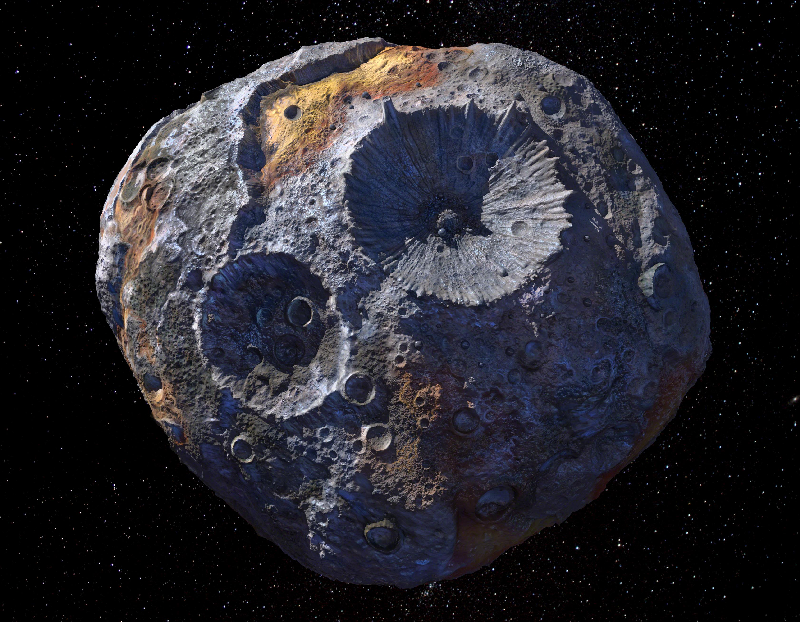
Getting Psyched Up for an Asteroid Mission. Sending spacecraft to heavenly bodies in the far reaches of the universe fascinates me. On 13 October 2023, NASA launched a mission to asteroid Psyche, which is 3 times the distance from Earth as Earth is from the Sun. The metal-rich asteroid is roughly 280 million miles away. Psyche is microscopic, with a mean diameter of only 140 miles. That a spacecraft can travel that far away and find an asteroid as tiny as Psyche is, and then beam data home, is mind-boggling!
—Don Hendrickson, Copy Editor
Fixing the Flawed Colorado River Compact. Dwindling supplies of water from the overallocated Colorado River are cause for serious concern, especially with the prospect of worsening droughts. The good news is that management of the river can be vastly improved. This article adeptly weaves a concise, insightful history of Colorado River policy together with ideas for how to manage it sustainably, leaving readers with hope for the future of the river and the numerous communities who rely on it.
—Timothy Oleson, Senior Science Editor
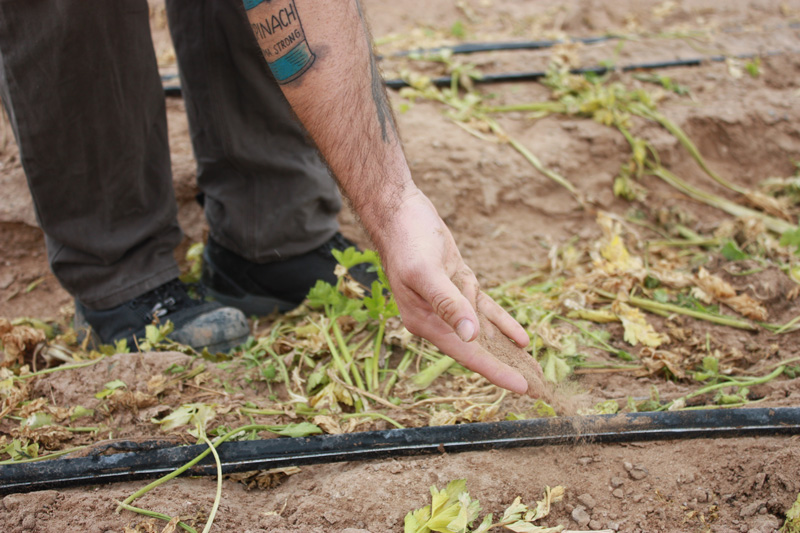
Agriculture 3.0: Preparing for a Drier Future in the Colorado River Basin. This was a timely and colorful story about the Colorado’s dwindling flow that gave voice to a group we don’t hear from that often.
—Jennifer Schmidt, Managing Editor

Ending National Parks. This Yes! Magazine story is full of lots of history and Indigenous perspectives to support the idea that Indigenous people would be better stewards of the land we now use as national parks.
—Grace van Deelen, Staff Writer
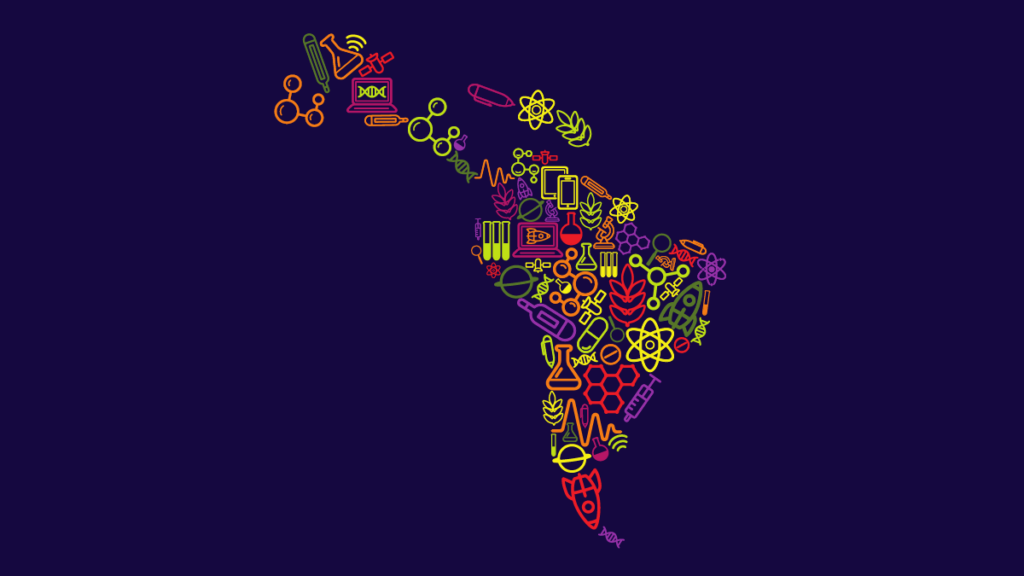
Raising the Visibility of Latin American Science. Eos’s Mexico City correspondent Humberto Basilio researched this excellent feature story on the challenges that Latin American scientists face in a world where the Global North acts as a gatekeeper of scientific research. These scientists are often pulled between advice to “get out of here to do science” and the desire to build up these systems in their home countries. Click through to see how some Latin American scientists are establishing new institutions to center the value of their contributions.
—Heather Goss, Publisher and Senior Director of Strategic Communications and Marketing
Little Black Holes Everywhere. This Radiolab episode is about the crazy idea that teeny, tiny black holes may have, at some point in Earth’s history, collided with our planet. It absolutely blew my mind!
—Grace van Deelen, Staff Writer
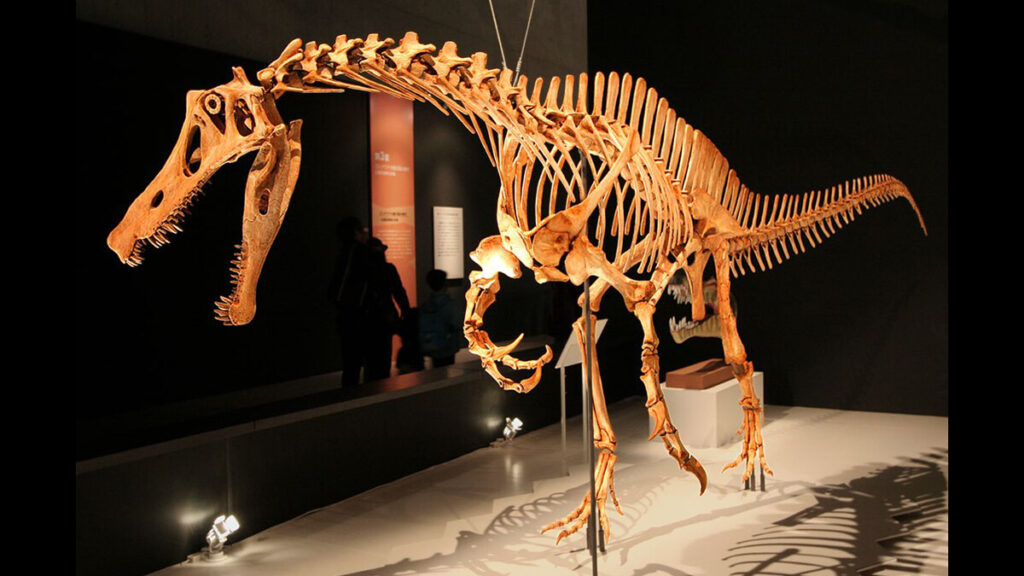
Illegal Fossil Export Is More Than an Irritator to the Global South. Where should science take place? This article uses the story of a dinosaur fossil found in northern Brazil, Irritator challengeri (so called because paleontologists were annoyed a fossil dealer had made alterations to the skull), to explore the complex issue of scientific colonialism in paleontology. Thousands of scientists from around the world are calling for the repatriation of the fossil to Brazil, and some are compiling a list of more than 500 fossils in European, Japanese, and U.S. museums that may have been wrongfully taken from Brazil.
—Emily Dieckman, Associate Editor
We (Probably) Can’t Tell Whether Mars Has Life. We haven’t found proof of life on Mars, but it might not be because it isn’t there. Turns out that the instrumentation we’ve so far sent to Mars has trouble detecting life on Earth! (And we’re pretty sure there’s some around here, right?) Robotic landers have found evidence for water and organic molecules. So it’s possible that we haven’t sent the right instruments to Mars, or we might need to bring some samples back to Earth-bound labs to finally find (microbial) Martians.
—Kimberly M. S. Cartier, Senior Science Reporter
Awe-Inspiring, Weird, Beautiful: Winning 2023 Nikon Small World Photos. Suggesting a best-of list as an entry for a best-of list…how meta. Nikon’s Small World Photomicrography Competition, around for nearly a half century, caught my eye this year, eliciting as many oohs as ews for the utterly amazing entries. Nearly all the entries focused on the organic world, including the winner, but I was especially drawn to the majestic Golden Rutile in Quartz, two minerals with special significance for me.
—Timothy Oleson, Senior Science Editor
Ghost Ships, Crop Circles, and Soft Gold: A GPS Mystery in Shanghai. This excellent reporting by Mark Harris in the MIT Technology Review has everything: a real-life horror opener right out of the latest Netflix–Julia Roberts vehicle, the dangers of our reliance on tech (and the wonders of what bad actors can do with it), and an honest-to-goodness twist in the middle. Don’t ruin the surprise by clicking on this until you’ve read Harris’s story, but do go and read Eos’s reporting on this topic after you’re done.
—Heather Goss, Publisher and Senior Director of Strategic Communications and Marketing
Science Communication That Goes Beyond Words. On a topic that’s near and dear to everyone on the Eos team, this article describes a program that paired graduate geology students with undergraduate science illustration majors at Iowa State University. Together the students created visual representations of the graduate students’ research. You can read about this cool collaboration in Spanish too.
—Faith A. Ishii, Assistant Director, Operations
This year? There’s a lot going on just LAST WEEK in science:
Taters the cat shares NASA’s first ultrahigh-definition video streamed from deep space via lasers. Frickin’ lasers, people!
Dazzling, if destructive, volcanoes in Iceland, wow!
The return of the Worm!
Short of all that, I loved the delightful details in our stories this year. It can be a wonderful world out there:
In one generation, astronomers have gone from cataloging data on dinner plate–sized 9-track tapes, to palm-sized disks, to DVDs, to the Cloud.
Lina C. Pérez-Ángel originally wanted to study gastronomy and become a chef, but “I started studying engineering—literally because my mom told me to.” We’ve all been there, Dr. Pérez-Ángel.
Ancient Aztecs were amazing agriculturalists. And astronomers.
“Dragas por el planeta”—Mexican drag queens engage in science communication.
Scientists can bend lightning with laser beams. Again with the frickin’ laser beams.
New Zealand fish are helping scientists find gold. Literally.
There may be more home runs in Wrigley Field.
Finally, Godzilla is active in the Pacific.
—Caryl-Sue Micalizio, Editor-in-Chief
—AGU

